8th January: Buddhist Flag Day
The Buddhist flag is a modern creation and it was jointly designed by Mr J.R. de Silva and Colonel Henry Steele Olcott (American journalist) to mark the revival of Buddhism in Ceylon (presently Sri Lanka) in 1880. They designed a flag from the six colours of the aura that shone around the body and head of the Buddha after His Enlightenment. The Buddhist flag and American flag were draped on Colonel’s dead body in 1907 before his cremation.
The flag later came to symbolize the unity of Buddhists. Thereafter, it has been used worldwide and has been used in nearly 60 countries during Buddhist festive seasons, particularly during the Vesak celebrations. The Buddhist Flag was first hoisted in 1885 in Sri Lanka. It is a symbol of faith and peace used throughout the world to represent the Buddhist faith and to mark the revival of Buddhism. It was accepted as the International Buddhist Flag by the 1952 World Buddhist Congress.
There are five vertical stripes of red, yellow, blue, white and orange. The sixth colour is a compound of the first five, but for design purposes its five ingredients are all shown in small horizontal stripes on the flag.
The horizontal bars signify peace and harmony between all races through out the world. The vertical bars represent eternal peace within the world.
In simple terms, the Buddhist Flag implies that there is no discrimination of races, nationality, areas or skin colour; that every living being possess the Buddha Nature and all have the potential to become a Buddha. The colours symbolise the perfection of Buddhahood and the Dharma.
The Blue light that radiated from the Buddha’s hair symbolises the spirit of Universal Compassion for all beings. It also represents the noble quality of “confidence” of the Buddha.
The Yellow light that radiated from the Buddha’s epidermis symbolises the Middle Path which avoids all extremes and brings balance and liberation. It also represents the noble quality of “holiness” of the Buddha.
The Red light that radiated from the Buddha’s flesh symbolises the blessings that the practice of the Buddha’s Teaching brings. It signifies achievement, wisdom, virtue, fortune and dignity. It also represents the noble quality of “wisdom” of the Buddha.
The White light that radiated from the Buddha’s bones and teeth symbolises the purity of the Buddha’s Teaching and the liberation it brings. It also represents the noble quality of “purity” of the Buddha.
The Orange light that radiated from the Buddha’s palms, heels and lips symbolises the unshakable Wisdom of the Buddha’s Teaching. It also represents the noble quality of “absence of desire” of the Buddha.
8 Jan 1934: Dr. Ambedkar returned by Victoria to Bombay (presently Mumbai) from London’s round table conference. [1]
He was in high spirits and talked gaily with his friends and admirers. In an interview which he gave at the Pier he said that the Joint Committee might modify the proposals made in the White Paper, but, in the main, they would be accepted. “We should accept them and agitate for more. I will not sit with folded hands hands and do nothing”, he added.
8 Jan 1939: Dr. Ambedkar paid a glowing tribute to the equality of service and sense of responsibility of the volunteers of the Independent Labour Party at the annual parade held at Parel, in Bombay (presently Mumbai). He recalled to them how both Sardar Patel and Premier Kher had extolled the party for its work and discipline.
8 Jan 1940: Meeting of Dr. Ambedkar, Mohammed Ali Jinnah and Erode Venkatappa Ramaswamy (Periyar) took place at Bombay[2].
The meeting took place at Jinnah’s residence from evening 5.30 to 8.30 p.m where they discussed about the current situation of their activities. P. Balasubramaniam, T.A.V. Nathan, K.M. Balasubramaniam – Advocate were also present. They discussed about the working of anti-Congress parties.
They had also discussed about –
- The possibility of creating a non-Brahmin opposition group within Congress.
- Urging Muslims, Scheduled Caste and non-Brahmins to leave Congress and join non-Congress parties.
- Joint action by parties opposed to Congress.
- Anti-Hindi agitation.
- Embarrassing Congress and Congress leaders by all means.
- Muslims, non-Brahmins and depressed classes working together.
- Demand of separate states for Mahars, Muslims and Dravidians.
- Representing to British Government accordingly.
Accordingly, they agreed for the following:
- Jinnah and Dr. Ambedkar would tour Tamil districts for a month in April or May 1940 and support the demand for Dravidanad (as announced by A. Ponnambalam).
- EVR was again invited to visit Bombay.
- EVR and his followers support for the Muslim cause and work together.
- Dr. Ambedkar also would support the Muslim cause.
- All would create more problems for Congress.
- Make representations to the British to that effect that power should not be vested with Congress alone.
—–
[1] Dhananjay Keer, Dr. Ambedkar: Life and Mission, book page 242.
[2] K V Ramakrishna Rao, The Historic Meeting of Ambedkar, Jinnah and Periyar, A paper presented during the 21st session of South Indian History Congress held at Madurai Kamaraj University from 18 to 20 January 2001 and published in the proceedings, pp.128-136






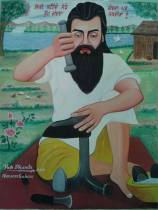
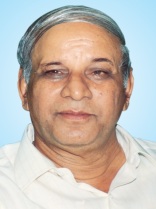

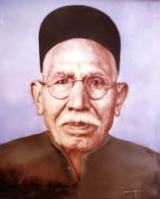

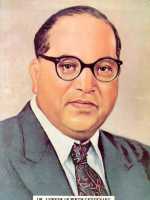
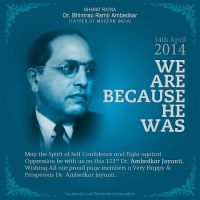

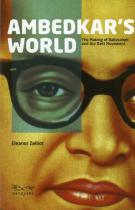
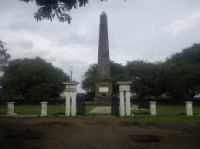

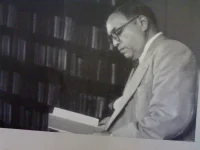
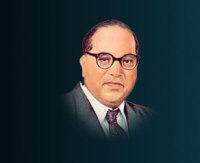
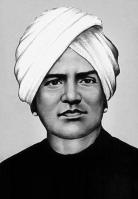


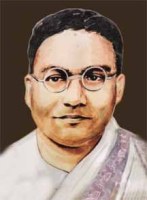


Pingback: 8th January (1940) in Dalit History – Meeting of Dr. Ambedkar, Mohammed Ali Jinnah and E.V.R. Periyar | Dr. B. R. Ambedkar's Caravan
Pingback: Holi – A Festival To Commomorate Bahujan Burning | Dr B R Ambedkar's Caravan
Pingback: Brahmins and Beef Eating – What Dr. B. R. Ambedkar Said | Dr B R Ambedkar's Caravan
As a student and keen learner of bahujan movement these information will help to add into historical perspective.
Thank you so much
LikeLike
Thank you for encouraging me!
LikeLike
Reblogged this on కార్తీక్ నవయాన్.
LikeLiked by 1 person
Thank you for the reblog sir!
LikeLiked by 1 person